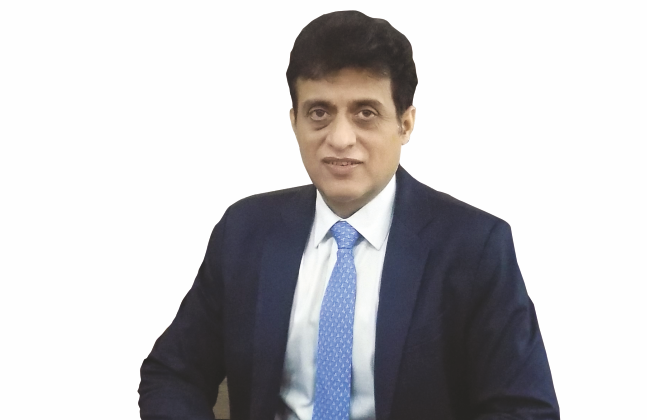The nearly 1,500 km western DFC will be connecting JNPT with Dadri on the outskirts of the national capital and aims to build dedicated railway line
It also connects ports, including Kandla, Pipavav and Mundra, in Gujarat with the hinterland
Asserting that the Dedicated Freight Corridor (DFC) was originally meant for its cargo, state-run container port JNPT on Thursday asked the central government to ensure private sector Mundra port run by the Adanis does not get precedence in connectivity through the project.
The largest container port in the country said Mundra getting connected first on the corridor will impact its business “adversely” as cargo in the hinterland will move to the Adani-run port, and sought the government’s help to ensure it also gets connected to the DFC.
It’s chairman Sanjay Sethi also made it clear that the project is running behind schedule and added that the Railway Board chairman had also visited the port in connection of the same.
“We’ve been pushing it because we are saying that if it goes to Mundra first, obviously I’m affected in an adverse way. That’s a fact. We’ve been making a noise everywhere, that please expedite it,” Sethi told reporters here.
The nearly 1,500 km western DFC will be connecting JNPT with Dadri on the outskirts of the national capital and aims to build dedicated railway lines to ensure smoother movement of containers from the port to the hinterland, and vice versa.
It also connects ports, including Kandla, Pipavav and Mundra, in Gujarat with the hinterland, but it is the Gautam Adani-run port which has already become the largest port by cargo handling and competes with JNPT, which can benefit the most.
Replying to a question on what happens if Mundra gets precedence, Sethi said, “From the government’s point of view, if that (Mundra) comes first, they will do it first, but from JNPT’s point of view what we are saying is that the original project is meant for JNPT.”
“As a separate entity, we also compete with private ports at some level, so we are saying that please expedite this so we start to benefit out of it as well,” he added.
He, however, made it clear that from an economic gains perspective, both private and state-run ports will benefit equally from a project like the DFC.
Sethi said that for the first time in its history, JNPT is faced with excess capacity and also acknowledged that there is competition in the market now.
At present, JNPT handles 31% of the overall container traffic of India and its share has been declining at the expense of Adani’s Mundra.
Sethi said the ongoing scare around coronavirus epidemic will have an impact on the port’s throughput in the January-March quarter, but hoped to recuperate the losses in the time ahead.
In 2019, the port had a jump in cargo handling to over 5 million TEUs or standard size container units, and the performance in the March quarter will be flat as the year-ago period due to the coronavirus-related impact, Sethi said.
Out of the four terminals that it operates, one – GTI – has reported four “skips”, wherein scheduled calls have not happened from liners, while PSA also feels there can be some impact, he said.
Only DP World has said that there will be no impact on cargo operations because of coronavirus, Sethi said.
He also said that International Maritime Organisation’s changes in bunker fuels will also result in impact on cargo handling.
Meanwhile, with the Union Cabinet clearing the greenfield Wadhawan port off the Dahanu coast, Sethi said that JNPT would like to tie-up with other state-run entities like Concor for the ambitious project, where investments are pegged at over ₹60,000 crore.
He also hoped that the Maharashtra Maritime Board, which was originally supposed to own 26 per cent of the project, will also participate in the project in its current form.
As per the Cabinet approval, JNPT will be a majority 51% owner in the port, he said.
Sethi said over the next two months, all the “army of consultants” for the new port will be appointed who will come up with a new detailed project report (DPR) and then environmental permissions will be sought afresh.
The first phase of the project will be up to ₹18,000 crore in investment and will take over five years to complete, he said.
When asked about other expansion projects – the port was reported to be interested in taking over the bankrupt Dighi port and also the yet-to-start Revas port next to itself – Sethi said at present, it is only Wadhawan that it is focusing on.
The port will look at all the options of financing for the project, including funding from multilateral agencies like AIIB or ADB as well for the project, he said.
At present, the overall cash surplus held by the port is ₹4,000 crore, he said, adding that going forward, the focus will be on how to leverage this balance for financing projects.
The port has invested ₹50 crore from its reserves in the Bharat Bond programme launched by the government for effective yield management, he said.








